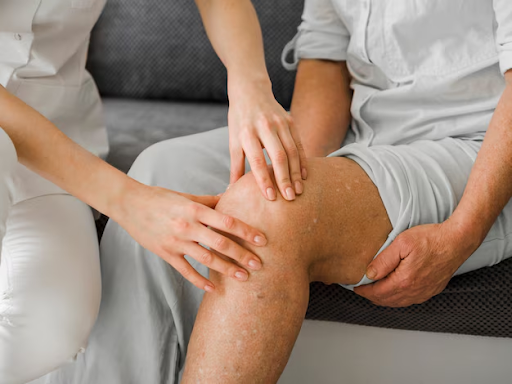The advent of micro-foam sclerotherapy marks a pivotal moment in the evolution of treatments for varicose veins. As a minimally invasive yet profoundly effective procedure, it stands out for its ability to meld patient comfort with therapeutic efficacy. This comprehensive exploration delves into the facets of micro-foam sclerotherapy, illuminating its mechanisms, benefits, procedural details, and the recovery process, alongside considerations for potential candidates.
Varicose Veins
Varicose veins are more than a cosmetic concern; they are symptomatic of venous insufficiency, where veins struggle to transport blood back to the heart efficiently. This condition is characterized by veins that are enlarged, swollen, and twisting, often leading to discomfort and pain. Risk factors are multifaceted, spanning genetic predispositions, lifestyle factors such as obesity and sedentary habits, hormonal influences during pregnancy, and occupational hazards involving prolonged periods of standing or sitting.
Micro-Foam Sclerotherapy: The Process and Mechanism
At the heart of micro-foam sclerotherapy is the innovative use of a sclerosant substance, transformed into a micro-foam. This transformation enhances the sclerosant’s ability to contact and treat the vein walls effectively. The procedure unfolds as follows:
- Preparation and Injection: A specialized blend of sclerosant is converted into a foam. Under ultrasound guidance, this foam is precisely injected into the afflicted veins.
- Vein Closure: The foam expands within the vein, displacing blood and ensuring comprehensive contact with the vein walls. This triggers a reaction that causes the vein walls to collapse and stick together, halting blood flow.
- Natural Absorption: Over time, the body naturally absorbs the closed vein, leading to a reduction or elimination of the varicose veins.
Advantages Over Conventional Treatments
The distinction of micro-foam sclerotherapy lies in its array of benefits, which include:
- Minimally Invasive Nature: Foregoing the need for surgery, this procedure minimizes pain, reduces the risk of complications, and allows for a quicker return to daily activities.
- High Efficacy: It boasts a commendable success rate, significantly improving or completely resolving symptoms and cosmetic concerns.
- Enhanced Precision: The use of ultrasound imaging enables accurate targeting of affected veins, including those not visible externally, ensuring a thorough treatment.
- Safety Profile: Side effects are rare and generally mild, making it a preferable option for many patients.
Recovery and Expected Outcomes
Recovery from micro-foam sclerotherapy is notably swift, with most patients resuming normal activities immediately after the procedure. Recommendations typically include wearing compression stockings to aid the healing process and optimize outcomes. Success rates are high, with the majority of patients witnessing substantial improvements in symptoms and the appearance of their legs.
Patient Considerations and Suitability
Micro-foam sclerotherapy is not a one-size-fits-all solution. The treatment’s appropriateness is contingent upon the size, location, and severity of the varicose veins, along with the patient’s overall health status. It may not be the preferred option for individuals with deep vein thrombosis or those with veins too large for the procedure. Side effects, while uncommon, can include skin discoloration, mild inflammation, or rare allergic reactions to the sclerosant.
Conclusion
Micro-foam sclerotherapy represents a significant advancement in the management of varicose veins, offering a less invasive, effective, and safer alternative to traditional methods. Its ability to provide relief and cosmetic improvement with minimal downtime is a testament to the progress in vascular treatments. However, a comprehensive evaluation by a vascular specialist remains crucial in determining the most suitable treatment approach, ensuring that patients receive personalized care tailored to their specific needs and conditions.








